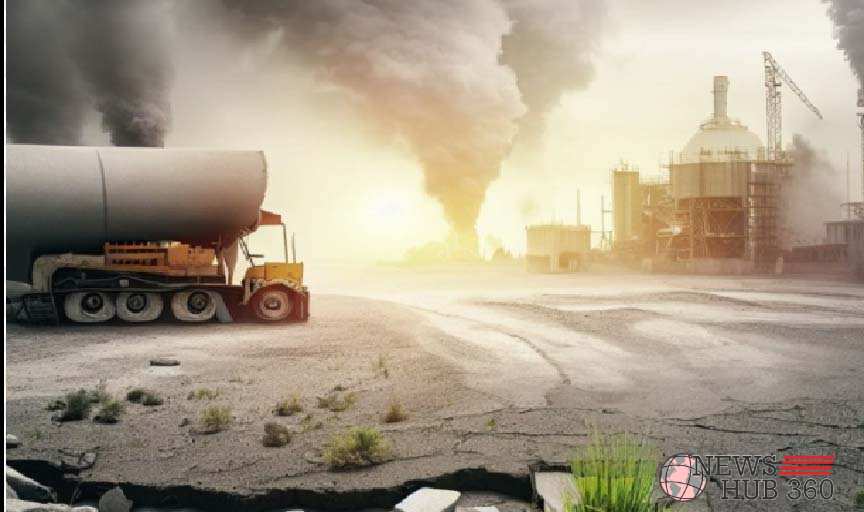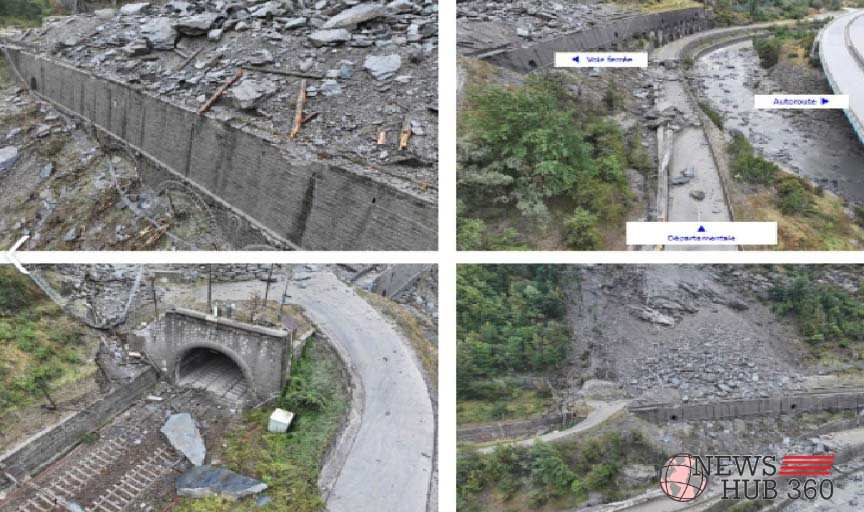When it comes to natural disasters, landslides are among the most sudden and destructive. The Maurienne Valley, located in the stunning French Alps, recently experienced one of these destructive forces. This landslide not only impacted the environment but also raised significant concerns for local residents and authorities alike. But what caused this landslide? What were its effects? And what is being done to prevent similar events in the future?
In this article, we’ll take a closer look at the landslide in the Maurienne Valley, examining everything from its causes and impact to ongoing recovery efforts. Let’s delve into the details of this extraordinary event.
Introduction to Maurienne Valley
The Maurienne Valley is a picturesque region nestled within the French Alps. Known for its breathtaking scenery and popular with tourists for skiing, hiking, and other outdoor activities, the valley is home to several small communities. However, this serene environment is vulnerable to natural disasters like avalanches, floods, and landslides, especially given its mountainous terrain.
What Causes Landslides?
Landslides occur when large amounts of rock, earth, or debris slide down a slope, often triggered by factors such as intense rainfall, earthquakes, volcanic activity, or human activities like deforestation and construction. Picture a sandcastle on the beach: when a wave washes over it, parts of the structure collapse. Similarly, when the stability of a slope is compromised, the earth can “slide” down in a similar way.
Natural Causes
Heavy rainfall is a leading cause of landslides, saturating the ground until it can no longer hold its position. Earthquakes and volcanic activity can also loosen soil, rocks, and debris, setting the stage for a slide.
Human Impact
Human activity can exacerbate landslide risks, whether through deforestation (which removes stabilizing tree roots), construction on hillsides, or mining activities that disturb the natural stability of slopes.
The Maurienne Valley Landslide
The landslide in Maurienne Valley was triggered by several contributing factors, including recent rainfall and possible instability within the rock layers of the region. This event has drawn significant attention due to its scale and the damage it caused.

Impact on Local Infrastructure
The landslide severely affected infrastructure in the region. Roads were buried, cutting off essential transport routes and disrupting daily life. Railways in the valley, often used for both freight and passenger travel, were also heavily damaged, impacting both local residents and the broader economy.
Damage to Transportation Networks
With roads and railways damaged, supply chains faced significant disruption. Emergency services also struggled to access affected areas, complicating initial rescue and recovery efforts.
Environmental Consequences
Aside from the obvious visual impact on the landscape, landslides can significantly harm the environment. In Maurienne Valley, the sudden movement of earth altered natural watercourses, disturbed habitats, and led to erosion issues that could impact the area for years.
Economic Implications for the Region
The economic impact of the Maurienne Valley landslide was substantial. Tourism, a primary source of income, suffered as routes to popular attractions were blocked. Local businesses that rely on visitor traffic also faced losses, with fewer travelers making their way into the valley.
How Authorities Responded
In the wake of the landslide, local and national authorities acted quickly to assess the damage and begin cleanup and repair operations. Temporary roads and alternative routes were set up to maintain accessibility for residents, and specialized teams were deployed to evaluate the stability of the area and prevent further landslides.
Preventing Future Landslides
To minimize the risk of future landslides, authorities are exploring methods like slope stabilization, reforestation, and careful monitoring of the region’s geological activity. Technology is playing a crucial role in these efforts, with sensors that monitor soil moisture levels and other indicators that could signal potential landslides.
Slope Stabilization Techniques
One approach to reducing landslide risks is slope stabilization, which can involve adding retaining walls, terracing, or planting vegetation to help hold soil in place.
Community Reactions and Concerns
For those who live in the Maurienne Valley, the landslide was a stark reminder of the vulnerabilities that come with mountain life. Residents voiced concerns over safety and the long-term stability of their surroundings, with some questioning whether enough is being done to protect them from future incidents.
Similar Incidents Around the World
Landslides are not unique to the Maurienne Valley. Similar events have occurred in mountainous regions worldwide, from the Himalayas to the Rockies. By examining these incidents, authorities in the Maurienne Valley can learn and adopt best practices in landslide prevention and recovery.
The Role of Climate Change
Many experts believe that climate change is increasing the frequency and severity of landslides, with rising temperatures leading to more extreme weather patterns, including heavy rainfall and snowmelt that contribute to slope instability.
Emergency Preparedness
As with any natural disaster, preparedness can make a significant difference. Authorities and communities are focusing on training, awareness programs, and emergency drills to ensure that residents know what to do in the event of a future landslide.
Looking Ahead: Recovery and Rebuilding
The road to recovery for the Maurienne Valley will be a lengthy one. While cleanup and repair are ongoing, efforts to rebuild damaged infrastructure are also underway. Community resilience and adaptive strategies will be critical in ensuring that the valley recovers fully and is better prepared for future challenges.
Conclusion
The landslide in Maurienne Valley is a stark reminder of the power of nature and the importance of preparedness. As recovery efforts continue, this incident also serves as a learning opportunity for regions with similar risks. While natural disasters are often unpredictable, a proactive approach to monitoring and prevention can make a significant difference in minimizing damage and ensuring community safety.
FAQs
1. What caused the landslide in Maurienne Valley?
The landslide in Maurienne Valley was likely caused by a combination of heavy rainfall, slope instability, and possibly human activity in the area.
2. How did the landslide affect the local economy?
The landslide disrupted tourism and local businesses by blocking transportation routes and causing infrastructural damage.
3. Are landslides common in mountainous regions?
Yes, mountainous areas are more prone to landslides due to factors like steep terrain, rainfall, and geological conditions.
4. Can landslides be prevented?
While it’s challenging to prevent natural landslides, steps like slope stabilization, reforestation, and careful monitoring can reduce their likelihood.
5. How is climate change impacting landslide risks?
Climate change is contributing to more extreme weather, which can increase the risk of landslides through heavier rainfall and faster snowmelt.
For More More Visit, Newshub360


